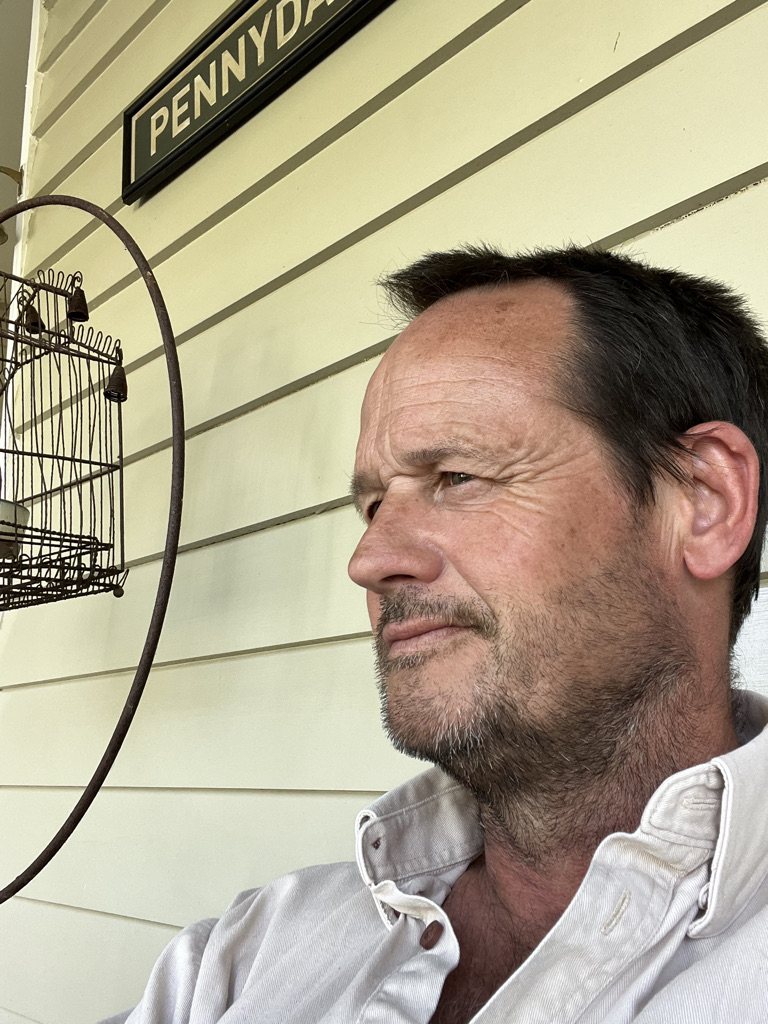10 Things to Look out for when purchasing a home by Mr Inspector
Mr Inspector has been carrying out building and termite inspections around Melbourne since 2004. Peter is a fully qualified building inspector having completed a Diploma of Building Surveying and also runs www.safehomeinspections.com.au.
While we are carrying out our pre-purchase building inspections in Melbourne we often see people jumping up and down on floors, tapping walls and turning taps on and off. That’s about it. We hear them talk about cracks in walls like the house is about to fall down when it isn’t.
They probably think they are doing the right thing but they haven’t got the tools or the experience to find all defects.
They haven’t got on the roof, under the house or in the roof void. They haven’t used moisture metres to find rising damp or leaks and they haven’t used tools like thermal cameras to find invisible leaks. They certainly don’t tap all timbers for hollowness from termite attack.
nothing beats an experienced inspector with the right tools and not using an inspectors service is asking for trouble. Trust me, we have seen people who after buying the home need to go back to the bank to get a loan to fix issues.
There is no need to tap the walls or jump up and down on the floors to make things rattle. Here are some tips for you when looking at a house but engaging a building inspector is paramount. Remember, you wont be going under the house, on the roof and into the roof so its best to get an inspector to do it.
- Stand back a look at the home from a distance to see if everything is straight, doors, windows, roof and walls. An uneven tiled roof can mean expensive fixes but it can also be an easy fix. Bowing and uneven weatherboards can be due to old movement and the homes has been restumped so it just needs straightening. It can also mean the footings are failing. 1-5 mm cracks in masonry does not necessarily mean there is a major problem. The cracks may have occurred years ago and are now dormant. Uneven doors can be footings issues or the homes footings have been replaced and the door was never straightened.
- Just because windows won’t open doesn’t necessarily mean the homes footings have failed. Timber contains moisture and thus can expand and shrink seasonally.
- Check for large step cracks and bulging in masonry walls – this can mean footings problems.
- Check for uneven floors. This can be a stump issue of it has been restumped and not levelled.
- Check lower brick walls for salt residue, mortar deterioration or fretting bricks – this can be a rising damp issue but can also be a drainage issue.
- Check the walls outside showers for swelling in skirting board, staining and the discoloration in the paint. This can be a leak.
- Check to see if all the down pipes are connected to a point of discharge and not just pouring down into the soil – this can cause damp and mould issues under a house.
- Check the heating and cooling units for operability. You should ask the agent to turn them on for you.
- Check for multiple wall and ceiling cracks. This can mean settlement in footings.
- Windows are expensive – check them all for rot and gaps. Gaps can mean movement in footings and foundations.
This is intended to help you out but engage a qualified building inspector as he will be able to go into areas you can not.
I hope this has helped and I am on the phone to 10 p.m. at night if you need assistance.

Peter has a Diploma of Building Surveying which makes him one of the few in Melbourne who are Qualified to carry out building inspections as per the Building Act 1993. He is also qualified in Timber Pest Inspections (Cert 3), Pool Barrier Inspection (Certificate 11077454) and Non-Friable Asbestos Awareness and removal.

